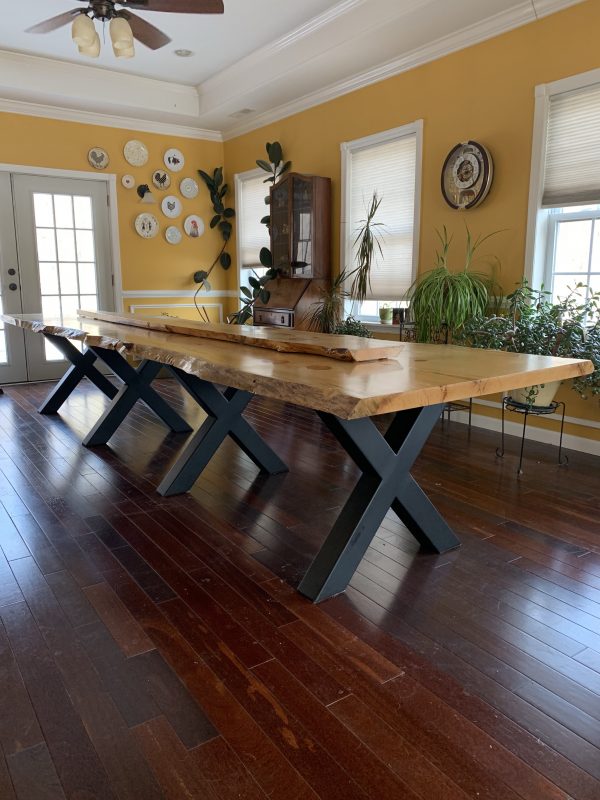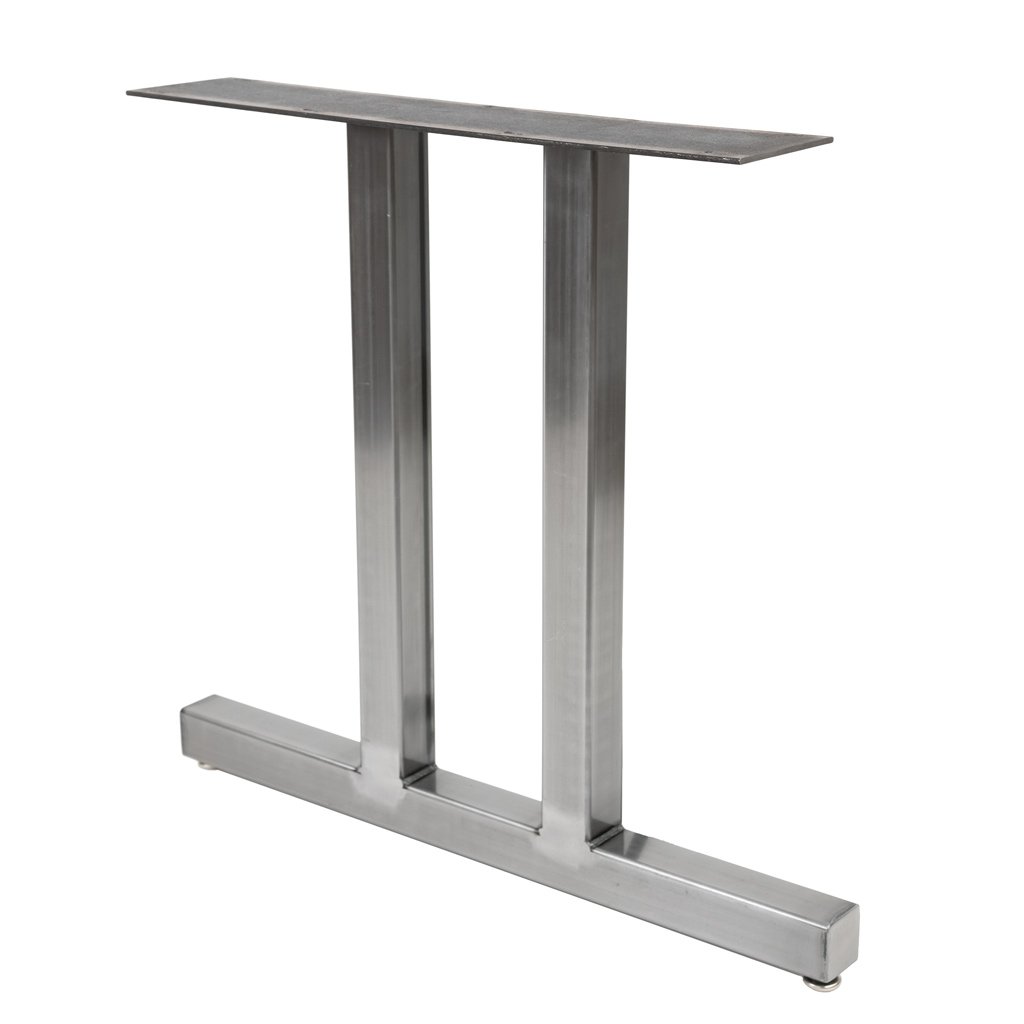From Conventional to Modern: Find the Suitable Eating Area Table Legs for Your Design
The option of dining-room table legs plays a critical duty in specifying the general personality of your room, linking the gap between traditional craftsmanship and contemporary looks. While traditional layouts such as cabriole and transformed legs stimulate a feeling of ageless sophistication, modern styles like barrette and geometric choices provide a chance for striking aesthetic interest. Assessing the right equilibrium between these styles needs a nuanced understanding of your existing decor and individual preference. As you think about these elements, the concern remains: exactly how can you perfectly integrate these diverse leg styles to produce a harmonious eating experience?
Understanding Table Leg Styles
The selection of dining space table leg designs can considerably influence both the visual appeals and performance of the room. Each leg design adds unique visual elements and useful features, accommodating diverse style preferences and use demands. Comprehending these designs is important for selecting the right table that lines up with your overall indoor style vision.
For example, conical legs supply a tidy, classic appearance that can enhance a room's beauty, while stand bases give security and take full advantage of legroom, making them perfect for smaller spaces. Hairpin legs, a trademark of mid-century modern-day layout, present a commercial flair, enabling for an airy, open feel. Likewise, trestle legs evoke rustic appeal, supplying durable support and a feeling of timelessness.
Additionally, the option of materials plays a substantial function. Wooden legs can bring heat and appearance, whereas metal choices often convey a smooth, modern vibe. Eventually, understanding table leg designs is important for developing a cohesive eating location that reflects individual design while making certain practicality and convenience. By attentively taking into consideration these aspects, you can improve both the practical and aesthetic charm of your dining room.
Conventional Table Leg Options
When selecting dining-room table legs, traditional alternatives often personify classic style and workmanship. These designs show an abundant heritage and a dedication to high quality, making them perfect for those who value traditional looks.
Among the most iconic typical leg styles is the cabriole leg, characterized by its graceful rounded shape. This layout frequently includes decorative carvings and is most typically found in Queen Anne and Chippendale furnishings. One more popular option is the turned leg, which boasts a collection of smooth, rounded shapes that offer a classic appearance while preserving stability.
Moreover, the straight leg, while straightforward, uses a tough and unadorned framework that can mix effortlessly with a variety of tabletop styles. For those drawn to ornate describing, claw-and-ball feet legs stimulate a sense of majesty and can function as a stunning centerpiece in any kind of eating room.
Lastly, stand bases, although not purely legs, give a different standard choice that enables enough legroom and can be perfectly carved. Each of these traditional leg designs contributes to the total ambiance of a dining room, weding function with aesthetic charm.

Modern Table Leg Layouts
Modern table leg layouts use a diverse variety of designs that stress tidy lines and cutting-edge products. These layouts commonly focus on capability while working as striking centerpieces within a dining space. Minimalist visual appeals are common, with legs crafted from materials such as steel, glass, and crafted wood, which add discover here to a airy and contemporary feeling.
One popular design is the hairpin leg, identified by its slim, conical structure that supplies security without frustrating the tabletop (dining room table legs). This design is frequently located in mid-century modern-day furnishings and can effortlessly complement numerous table forms. One more pattern is the use of geometric forms, where legs may handle angular or asymmetrical kinds, including visual interest and a touch of virtuosity

Mixing Styles for Special Spaces
Often, house owners seek to develop unique dining spaces that show their personal design by mixing numerous design aspects. This strategy enables the consolidation of varied appearances, leading description to a harmonious yet unique environment. Pairing a rustic wooden table with smooth, contemporary steel legs can create an eye-catching comparison that boosts the room's general allure.
In addition, incorporating vintage table legs with modern tabletops can evoke a sense of background while keeping a modern perceptiveness. Such combinations not just display individual preference yet likewise encourage imagination, enabling house owners to curate a room that really feels both individual and welcoming.
Color plays a crucial duty in this mixing process; picking table legs that complement or contrast with the existing color pattern can improve visual interest. Whitewashed legs can soften the daring of a dark table surface, developing a well balanced visual.
Tips for Choosing the Right Legs
Picking the right table legs is crucial for accomplishing both performance and aesthetic allure in your eating room. Begin by considering the overall design of your space. Typical settings gain from legs that include elaborate carvings or transformed styles, while contemporary rooms might require sleek, minimal designs.
Next, evaluate the elevation and stability of the legs. dining room table legs. Conventional table range between 28 to 30 inches in elevation, so guarantee the legs complement this measurement for convenience. Additionally, durable materials, such as wood or like this steel, can improve security and longevity
Review the leg shape too-- options include right, tapered, or pedestal styles. Straight legs supply a classic appearance, while conical legs can add a touch of sophistication. Pedestal bases give adequate legroom and are suitable for smaller areas.
Verdict
In summary, selecting the optimal dining space table legs calls for careful consideration of both contemporary and traditional styles. By balancing leg design, elevation, and material with the overall decor, a natural and welcoming environment can be achieved.
The range of dining space table leg designs can considerably influence both the looks and capability of the space. Ultimately, comprehending table leg styles is essential for producing a natural dining area that mirrors individual style while making certain functionality and convenience.One of the most legendary standard leg styles is the cabriole leg, characterized by its graceful rounded shape. Straight legs provide a timeless look, while conical legs can include a touch of elegance.In recap, choosing the ideal eating space table legs calls for mindful factor to consider of both modern-day and typical styles.